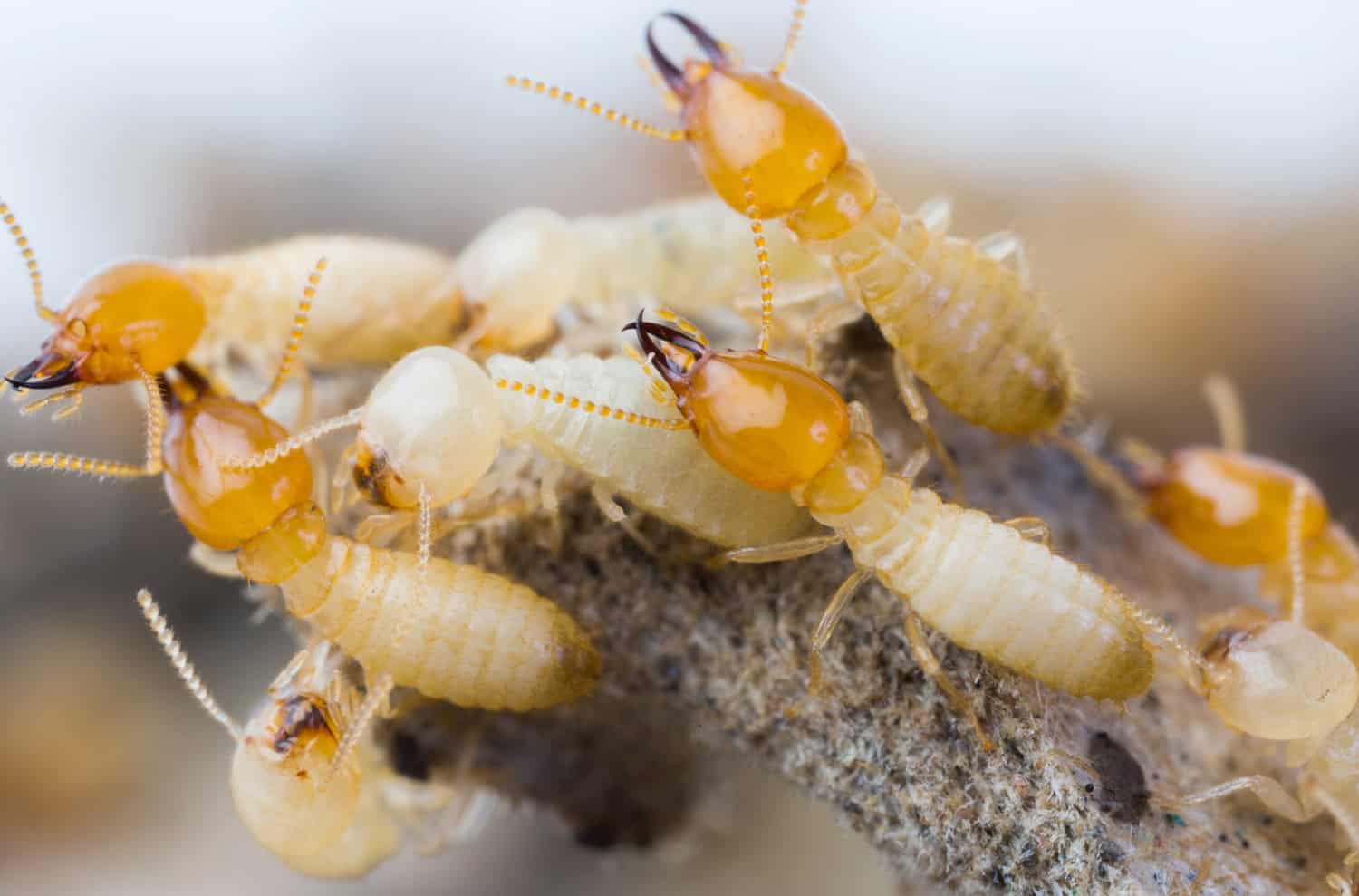Understanding Termites: A Persistent Threat to Your Home
Termites, though small, wield a significant threat to homeowners across the globe. These silent destroyers can wreak havoc on wooden structures, causing extensive damage that often goes unnoticed until it’s too late. Understanding their behaviour, signs of infestation and preventive measures is crucial for protecting your home.
Types of Termites
Termites are commonly categorised into three main types based on their nesting and feeding habits: subterranean, drywood and dampwood termites.
Subterranean Termites:
These termites live underground and build mud tunnels to access above-ground food sources. They are the most destructive type and often require professional intervention for effective control.
Drywood Termites:
Unlike subterranean termites, drywood termites do not require soil contact and can infest dry wood directly. They are prevalent in coastal regions and can establish colonies in furniture, structural timbers and other wooden items.
Dampwood Termites:
These termites prefer moist wood and are less common in households compared to subterranean and drywood termites. They typically infest decaying wood or areas with high moisture levels.
Signs of Infestation
Detecting termite infestations early can save homeowners from costly repairs. Here are common signs to watch for:
Hollow-sounding wood: Tap wooden surfaces to check for a hollow sound, which may indicate termites have consumed wood from the inside.
Discarded wings: Swarmers or flying termites, shed their wings after finding a mate. Finding discarded wings near windowsills or light sources suggests nearby termite activity.
Mud tubes: Subterranean termites build mud tubes to travel between their colony and food source. These tubes are often found along foundation walls or in crawl spaces.
Frass: Drywood termites push fecal pellets, known as frass, out of exit holes. Finding small piles of frass resembling sawdust near wooden items is a strong indicator of infestation.
Prevention and Control
Taking proactive measures is key to preventing termite infestations:
Moisture control: Address moisture issues promptly to eliminate attractive conditions for termites.
Regular inspections: Schedule professional termite inspections annually to catch infestations early.
Wood treatment: Use termite-resistant or treated wood for construction and furniture.
Chemical barriers: Apply termiticides around the foundation and in soil to create barriers against subterranean termites.
Conclusion
Termites pose a persistent threat to homeowners, capable of causing substantial damage if left unchecked. Understanding the signs of infestation and implementing preventive measures is essential for protecting your home and investments. Whether through regular inspections or proactive treatments, taking action against termites ensures peace of mind and safeguards your property’s structural integrity for years to come.
Stay informed, stay vigilant, and remember: early detection is the best defense against these silent invaders. For professional assistance in termite control and prevention, contact A.M.G Pest Management today. Let’s keep your home termite-free and secure.


0 Comments